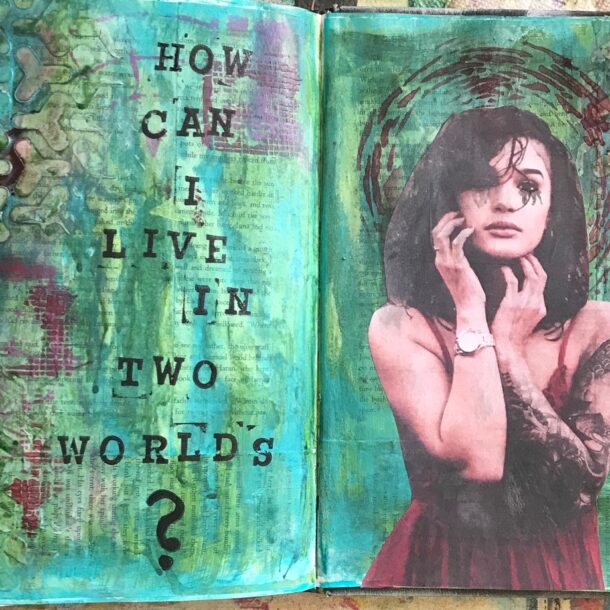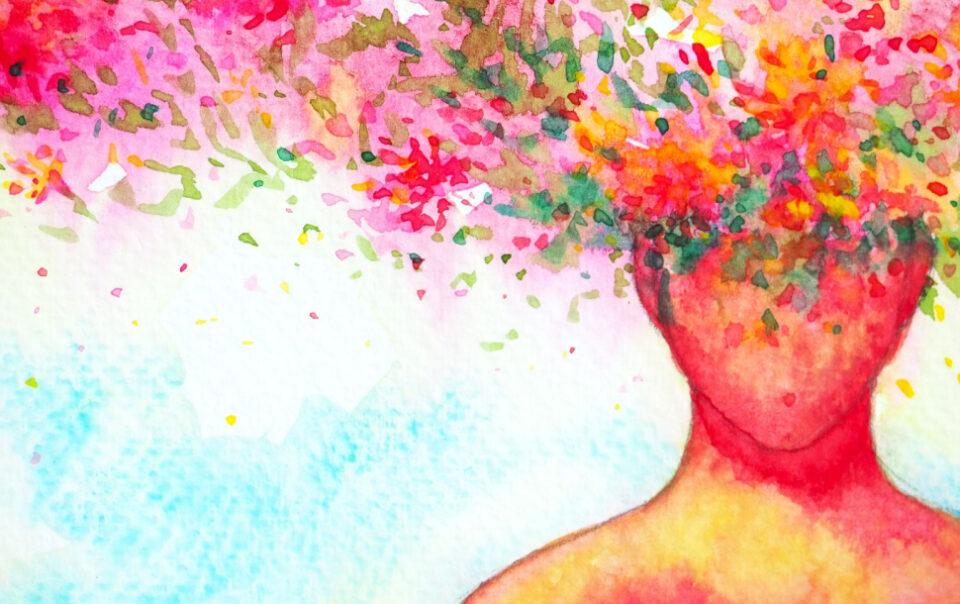
Exploring Archetypes and the Self Through Visual Journaling
Visual journaling is a powerful tool for exploring the depths of the Self. It involves using images, colors, and words to capture and process our thoughts, feelings, and experiences. One way to deepen this process is to work with archetypes, universal patterns of behavior, and symbolical images that are deeply ingrained in the human psyche.
Archetypes were first identified by the Swiss psychologist Carl Jung, who saw them as the building blocks of the collective unconscious, a repository of shared experiences and ancestral memories that shape our behavior and worldview. According to Jung, archetypes are the result of millions of years of evolution and serve as a template for human development and individuation, the process of becoming our authentic selves.
Archetypes can manifest in various forms, such as characters, motifs, or themes, and they often appear in myths, fairy tales, and dreams. Some of the most common archetypes are the hero, the shadow, the wise old man or woman, the mother, the trickster, the lover, the caregiver, and the seeker. Each archetype has its own set of characteristics and qualities and can represent both positive and negative aspects of the Self.
Visual journaling is a natural medium for exploring archetypes, as it allows us to tap into our intuition, imagination, and creativity. We can access the deeper layers of the psyche and connect with our inner world by using images, colors, and symbols. Visual journaling can also help us to recognize patterns and themes in our lives and to gain insights into our personal growth and development.
To start working with archetypes in visual journaling, you can begin by selecting an archetype that resonates with you. You can do this by reading about archetypes or by simply following your intuition and choosing an image or symbol that speaks to you. Once you have chosen your archetype, you can start to explore it through images, words, and colors.
For example, if you choose the archetype of the hero, you can create a visual representation of what it means to you. You might use images of knights, warriors, superheroes, or symbols such as swords, shields, or dragons. You can also write about your personal experiences with the hero archetype, such as times when you felt brave, courageous, or determined.
Alternatively, if you choose the archetype of the shadow, you can create a visual representation of what it means to you. You might use images of darkness, monsters, demons, or symbols such as skulls, snakes, or spiders. You can also write about your personal experiences with the shadow archetype, such as times when you felt fearful, angry, or ashamed.
Working with archetypes in visual journaling can be a transformative experience, as it allows us to delve into the depths of the Self and to uncover hidden aspects of our psyche. It can also help us to integrate different parts of ourselves and to develop a more holistic and compassionate view of ourselves and others.
Visual journaling is a powerful tool for self-exploration and creative expression, and working with archetypes can deepen this process and bring us closer to our authentic selves. By using images, colors, and words, we can tap into the universal patterns of behavior and symbolical images that are deeply ingrained in the human psyche and gain insights into our personal growth and development. Whether we choose the hero, the shadow, or any other archetype, visual journaling can help us to explore and integrate the different parts of ourselves and to create a more fulfilling and meaningful life.
Are you looking for more inspiration? Check out our online classes here.

Hi! I'm Terri Altschul
Visual Journaling is a soulful, transformational, and healing process. My aim is to support your journey of individuation and personal growth through this unique process of self-inquiry + art materials. I look forward to meeting you!
Join my email list for inspiration and soul guidance.
We are delighted to invite you on a journey of self-discovery, personal growth, and creative expression where transformational coaching and captivating visual journaling converge!





